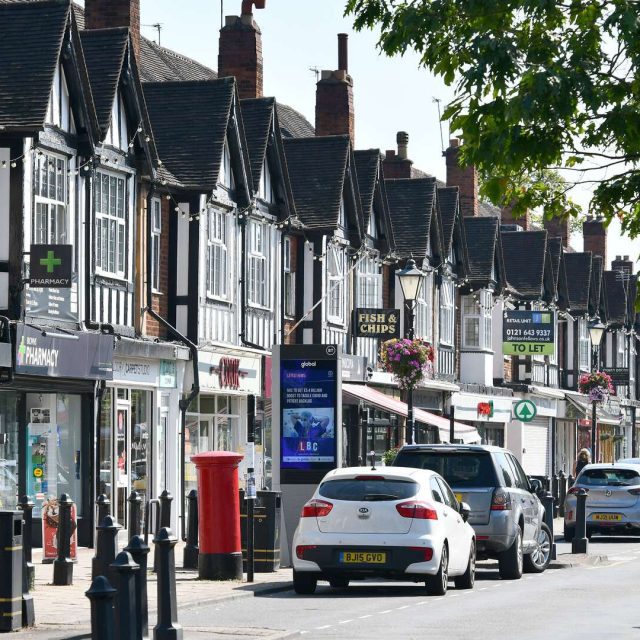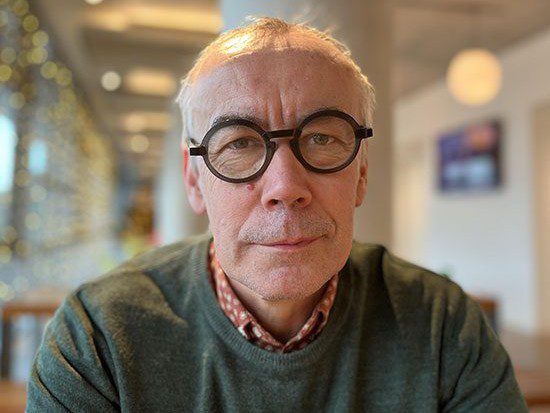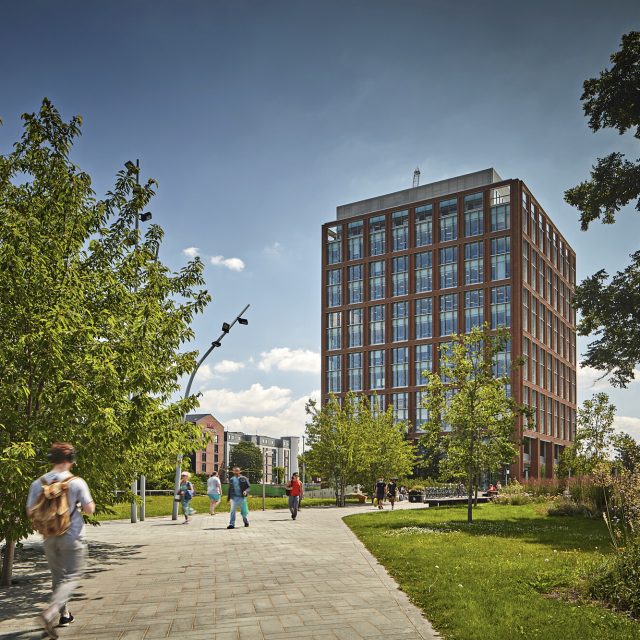Bringing Birmingham’s underutilised spaces back to life through placemaking

The West Midlands is globally renowned for its young and diverse talent pool, with 32% of the region’s residents aged under 25. The growing population means that we, the region’s property developers, need to build 215,000 new homes by 2031.
Within the region, there are many areas that, with the right infrastructure and funding, can be revitalised and repurposed to create the right type of housing for the population, including affordable and more energy-efficient homes.
Following the WMCA’s commitment to a ‘brownfield first’ policy that focuses on the redevelopment of previously used sites to meet housing demand, there is plenty of opportunity to retain young people in Birmingham and its surrounding areas – instead of pushing them away to cities like London and Manchester – but funding and careful planning is needed to bring this vision to life.
Funding the West Midlands
At UKREiiF, the cities and towns of the West Midlands came together for the first time to showcase real estate and regeneration opportunities worth more than £20 billion. Among them, exciting announcements were made for the transformation of Mell Square in Solihull town centre, and a £150 million canalside residential development to create 500 new homes and commercial facilities in Wolverhampton.
The West Midlands has been hugely successful in securing government funding, which is helping to tackle viability challenges and de-risk transformative regeneration projects. With the economic advantages of HS2 enabling the UK’s best-connected region to become even better, there are many attractive factors to living here.
However, investment is still a key barrier to many property development projects, especially those in less central areas and on brownfield or heritage sites, where more infrastructural challenges lie.
Transforming underutilised spaces
The revitalisation of deprived and unused areas is crucial to the future development of Birmingham and its surrounding areas. With many buildings sitting derelict, particularly in traditional manufacturing areas of the inner city, investment is needed to bring them back to life and provide the right type of housing to meet demand.
The Jewellery Quarter is now one of the most desirable areas of Birmingham, with many young professionals relocating there after their university studies. However, there is still work to be done to maintain the heritage and unique character of the conservation area, and the areas surrounding it – such as Hockley and the Gun Quarter.
Cordia UK’s ambition is to do just that – transform underutilised areas into thriving neighbourhoods by providing a mix of residential uses, commercial hubs and public realms that retain their original character and charm. Our masterplan for Great Hampton Street, an underfunded area on the edge of the Jewellery Quarter and Hockley, includes transforming five derelict or empty sites into a range of developments including build-to-rent and for-sale apartments, and office and retail space; with two projects already complete.
We are conscious of the rising demand for housing in the wider region and as such, provide a range of housing types to suit different audiences – from young people through to families. For young professionals, our inaugural build-to-rent project The Lampworks provides attractive features such as communal working and socialising spaces, shared bills to split living costs, and shorter tenancies than other local developments.
By making use of the sites that already exist in our city and transforming them into something new and attractive, while reflecting the architectural heritage of the area, we as a region can provide housing to fulfil rising demand and create places for people to live, work and enjoy.


